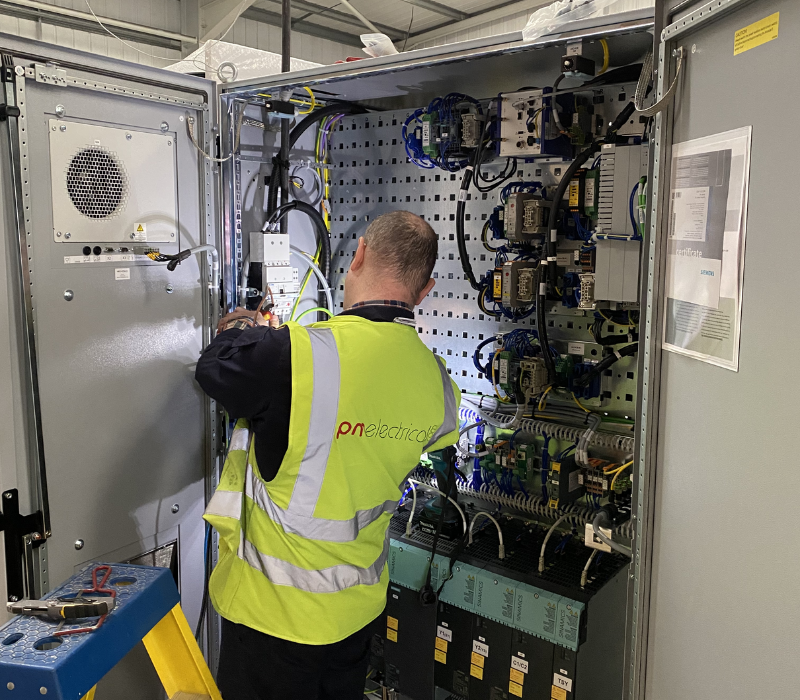
The Complete Guide To EICR Classification Codes
What is the meaning of the numbers on an EICR report?
The following information has been copied from official TEST reports:
CLASSIFICATION CODES
Classification Code C1
Where an observation has been given a Classification code C1, the safety of those using the installation is at risk and immediate remedial action is required.
The person responsible for the maintenance of the installation is advised to take action without delay to remedy the observed deficiency in the installation, or to take other appropriate action (such as switching off and isolating the affected part(s) of the installation) to remove the danger. The NICEIC contractor issuing this report will be able to provide further advice.
NICEIC makes available ‘Electrical Danger Notification’ forms to enable inspectors to record, and then to communicate to the person ordering the report, any dangerous condition discovered.
Classification Code C2
Classification code C2 indicates that, whilst those using the installation may not be at immediate risk, urgent remedial action is required to remove potential danger. The NICEIC contractor issuing this report will be able to provide further advice.
It is important to note that the recommendation given for the next inspection date in PART 4 of this report is conditional upon all items which have been given a Classification code C1 and code C2 being remedied immediately and as a matter of urgency, respectively.
It would not be reasonable for the inspector to indicate that the installation is in a satisfactory condition if any observation in this report has been given a code C1 or code C2 classification.
Classification Code C3
Where an observation has been given a Classification code C3, the inspection and/or testing has revealed anon-compliance with the current safety standard which, whilst not presenting immediate or potential danger, would result in a significant safety improvement if remedied. Careful consideration should be given to the safety benefits of improving these aspects of the installation. The NICEIC contractor issuing this report will be able to provide further advice.
It should usually be possible for the inspector to attribute a Classification code to each observation without indicating a need for further investigation.
'FI' Observation
However, where ‘FI’ has been entered against an observation the inspector considers that further investigation of that observation is likely to reveal danger or potential danger that, due to the agreed extent or limitations of the inspection and/or testing (entered in PART 6), could not be fully identified at the time.
It would not be appropriate for the inspector to indicate that the installation is in a satisfactory condition if there is reasonable doubt as to whether danger or potential danger exists. Consequently, where the inspector has indicated ‘Further investigation required without delay’ (FI) the overall assessment of the installation (PART 3) should be marked as ‘Unsatisfactory’.
If the inspector has indicated that an observation requires further investigation without delay, the person ordering this report is advised to arrange for the NICEIC contractor issuing the report (or another skilled person or persons competent in such work) to undertake further examination of that aspect of the installation as a matter of urgency, to determine whether or not a danger or potential danger exists.
Further information on the application of Classification codes, primarily aimed at inspectors but of possible interest to persons ordering condition reports, can be found in Electrical Safety First’s Best Practice Guide No 4 For further information about electrical safetyand how NICEIC can help you, visit: www.niceic.com
Classification code C1 (Danger present) Code FI (Further investigation required without delay)
Classification code C2 (Potentially dangerous)
Classification code C3 (Improvement recommended)
Further Information
@ Copyright Certsure LLP (May 2023)
Electrical installation condition reporting: Classification Codes for domestic and similar electrical installations.
The guide can be viewed or downloaded free of charge from www.electricalsafetyfirst.org.uk
Until Next Time, PM Electrical